For Canada, tariffs on foreign-made vehicles and parts could unexpectedly turbocharge domestic car manufacturing. It won’t happen overnight, and it won’t be painless, but in the long term, the policies designed to penalize could end up revitalizing. Here are 22 ways tariffs might give Canadian car manufacturing a long-overdue boost.
Domestic Assembly Gets a Competitive Edge
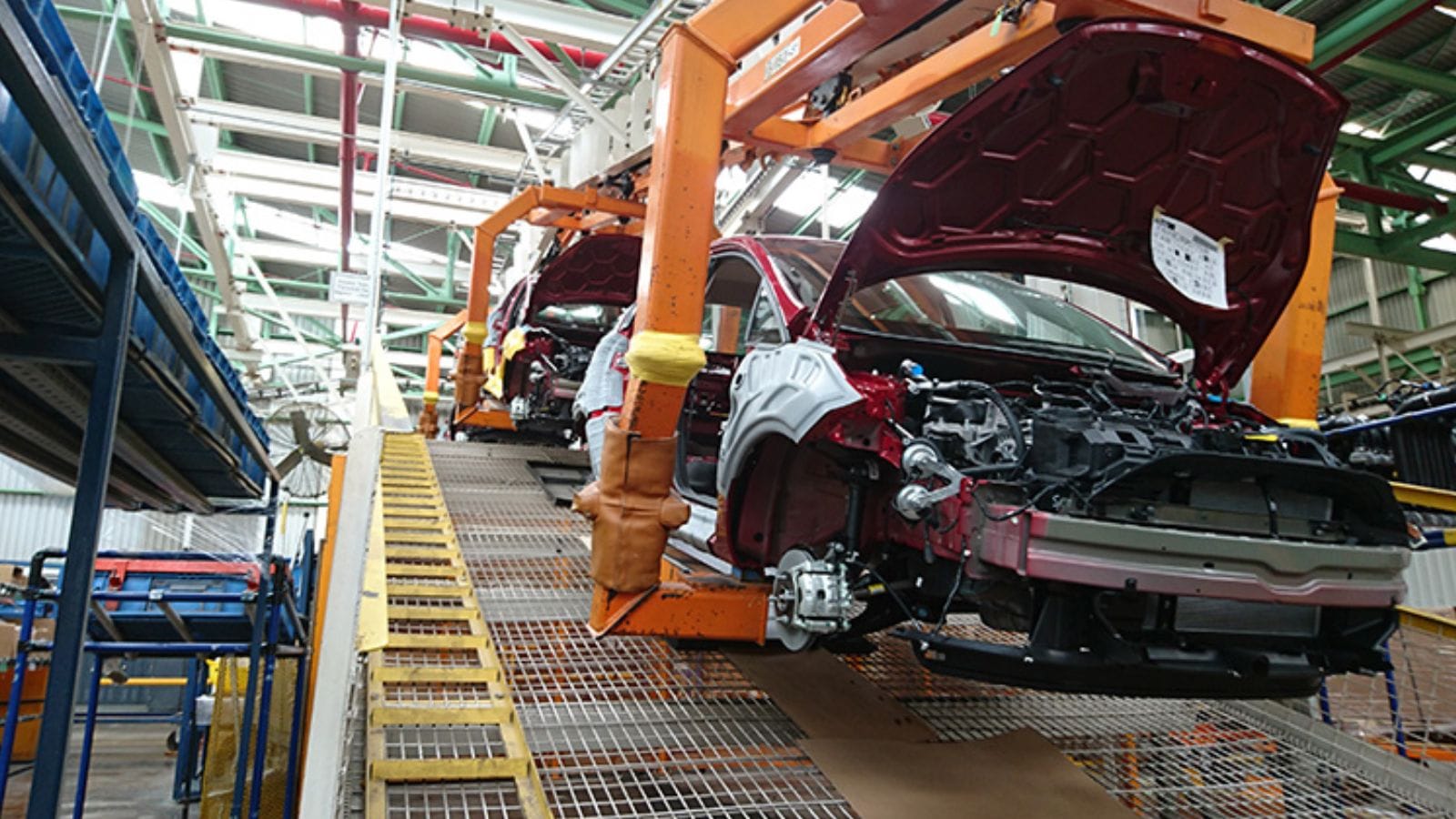
Canada’s strategic use of targeted tariffs, imposing duties on U.S.-assembled vehicles and non-CUSMA-qualified imports while sparing cars built or assembled domestically, has given its auto industry a competitive edge. By exempting Canadian-assembled vehicles from reciprocal tariffs and offering quotas for U.S.-assembled, USMCA-compliant cars, Ottawa ensures manufacturers like Ford, GM, Stellantis, Toyota, and Honda can maintain supply chain stability and keep production lines running. This approach shields Canadian plants and parts suppliers from costly disruptions; for example, Stellantis’s Windsor plant resumed operations after a temporary halt caused by U.S. vehicle tariffs.
Parts Suppliers Could Reshore Production
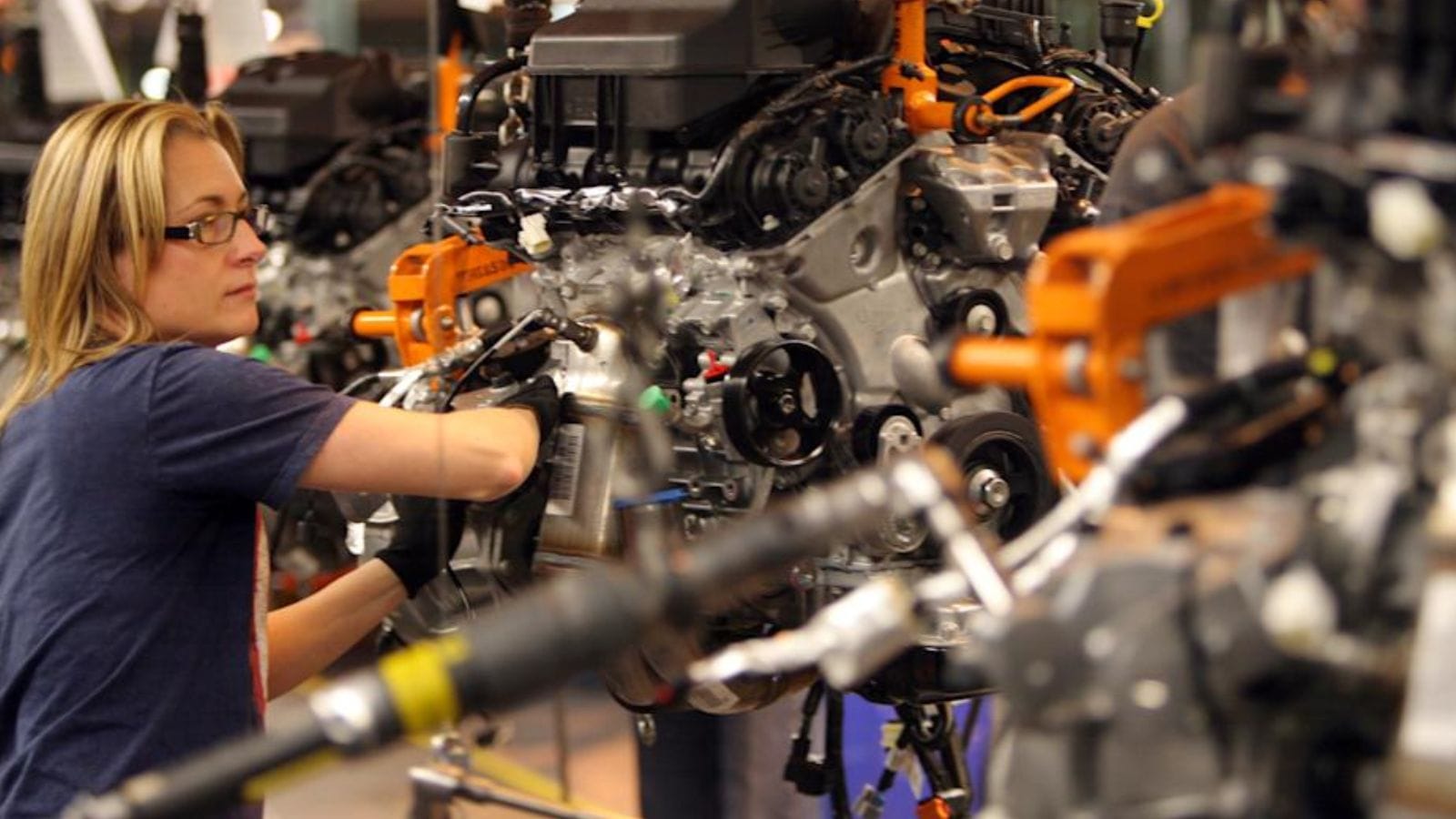
With tariffs on auto parts from overseas, Canadian manufacturers might reshore operations to avoid the added cost. Additionally, Ottawa’s measured response, which imposes retaliatory vehicle tariffs but spares parts, reinforces this by shielding integrated tiers while encouraging firms to strengthen domestic supply chains. Over time, this could strengthen Canada’s auto-parts ecosystem, improve USMCA-certified content, and attract new investment in Ontario’s skilled-labour base. Thus, what begins as a strain could ultimately catalyze a revitalization of Canada’s automotive manufacturing in the long term.
More Government Incentives for Local Production
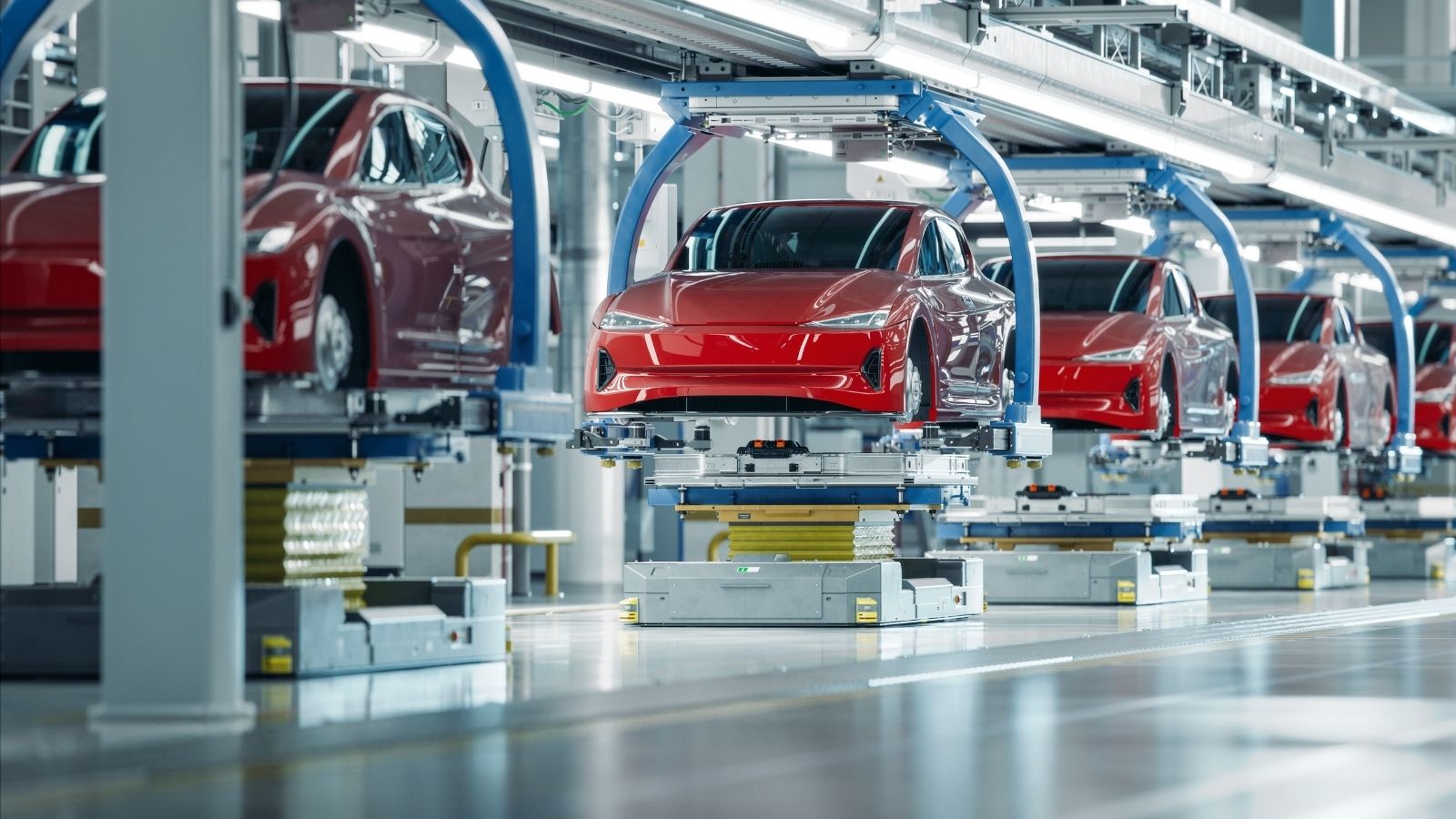
To counteract the economic shock of tariffs, federal and provincial governments may implement more substantial incentives for companies that manufacture domestically. These funds will support R&D through programs like the Automotive Supplier Innovation Program (ASIP), which has already awarded $11.5 million to domestic parts makers. Additionally, a new C.D. Howe Institute report advocates negotiating an “auto‑pact” that ties duty-free imports to minimum Canadian production thresholds, echoing the Auto Pact of 1965.
Growth in Specialized Canadian Brands
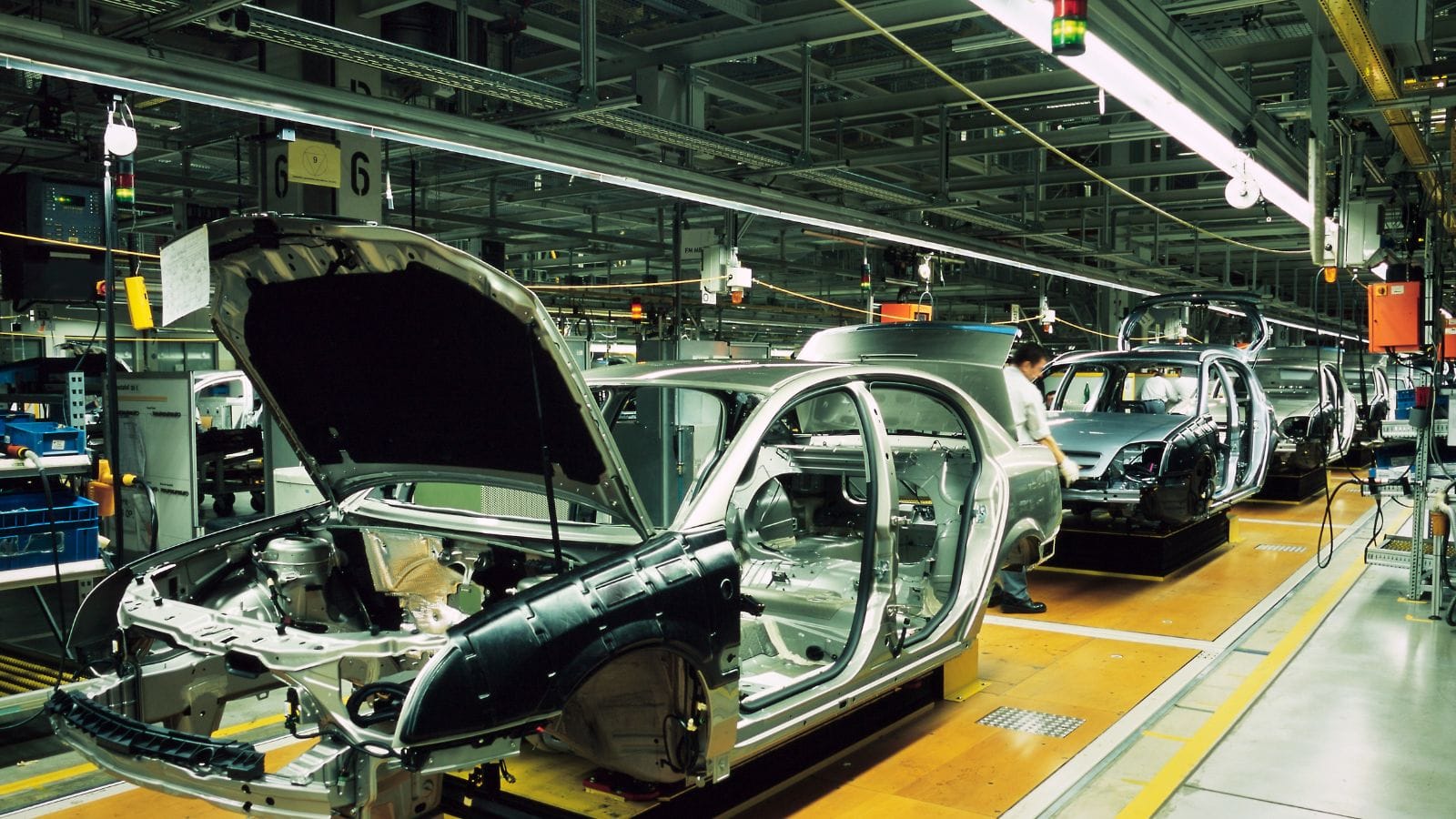
Niche automakers like Electra Meccanica and Canadian EV startups might get their moment in the sun. Tariffs that raise the price of mass-market imports give boutique manufacturers a fighting chance. Moreover, Canadian government policies, such as the selective exemption of auto-sector counter-tariffs tied to local investment commitments, provide fertile ground for these specialized suppliers to scale production and reinforce domestic manufacturing. Over time, sustained tariff pressure could catalyze a reshoring trend, as Canadian OEMs and parts manufacturers attract new investments, bolster high-value manufacturing capabilities, and solidify Canada’s role in an advanced, tariff-resilient North American auto supply chain.
A Catalyst for Battery Manufacturing
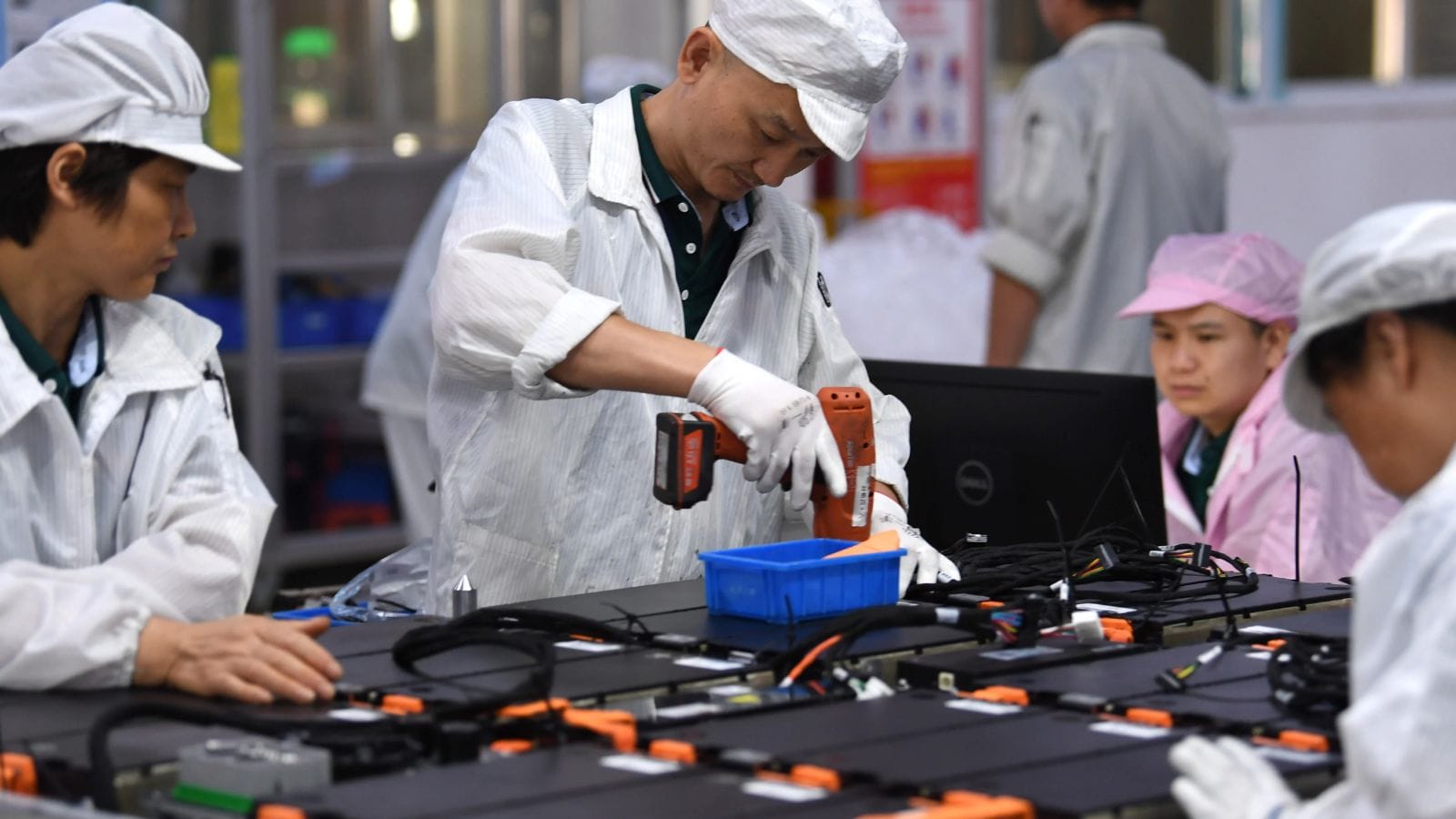
Tariffs on imported vehicles and auto parts can bolster Canada’s battery-centric auto manufacturing, provided strategic policies and investments align. By increasing costs on lower‑value imports, tariffs can nudge global automakers to relocate key production—particularly lithium-ion batteries and EV battery materials—to Canada, reinforcing domestic supply chains and capturing more value-added activities. Additionally, Quebec is already emerging as a hub for battery manufacturing, with significant investments, including a $7 billion, 60 GWh gigafactory by Northvolt and Ford/SK On’s C$1.2 billion cathode materials plant.
Enhanced Supply Chain Resilience

Building more auto components at home reduces dependence on volatile international markets. Tariffs act as the stick that encourages local supply chain fortification. Over time, this supports the growth of local EV battery, powertrain, and parts ecosystems, which benefit from regional sourcing mandates under the USMCA. Also, a weaker Canadian dollar can partially mitigate cost impacts, further bolstering competitiveness. In the long run, these shifts enhance supply-chain autonomy, reduce exposure to U.S. trade volatility, and lay a stronger foundation for sustainable and resilient Canadian auto production.
Revival of Idle Manufacturing Facilities
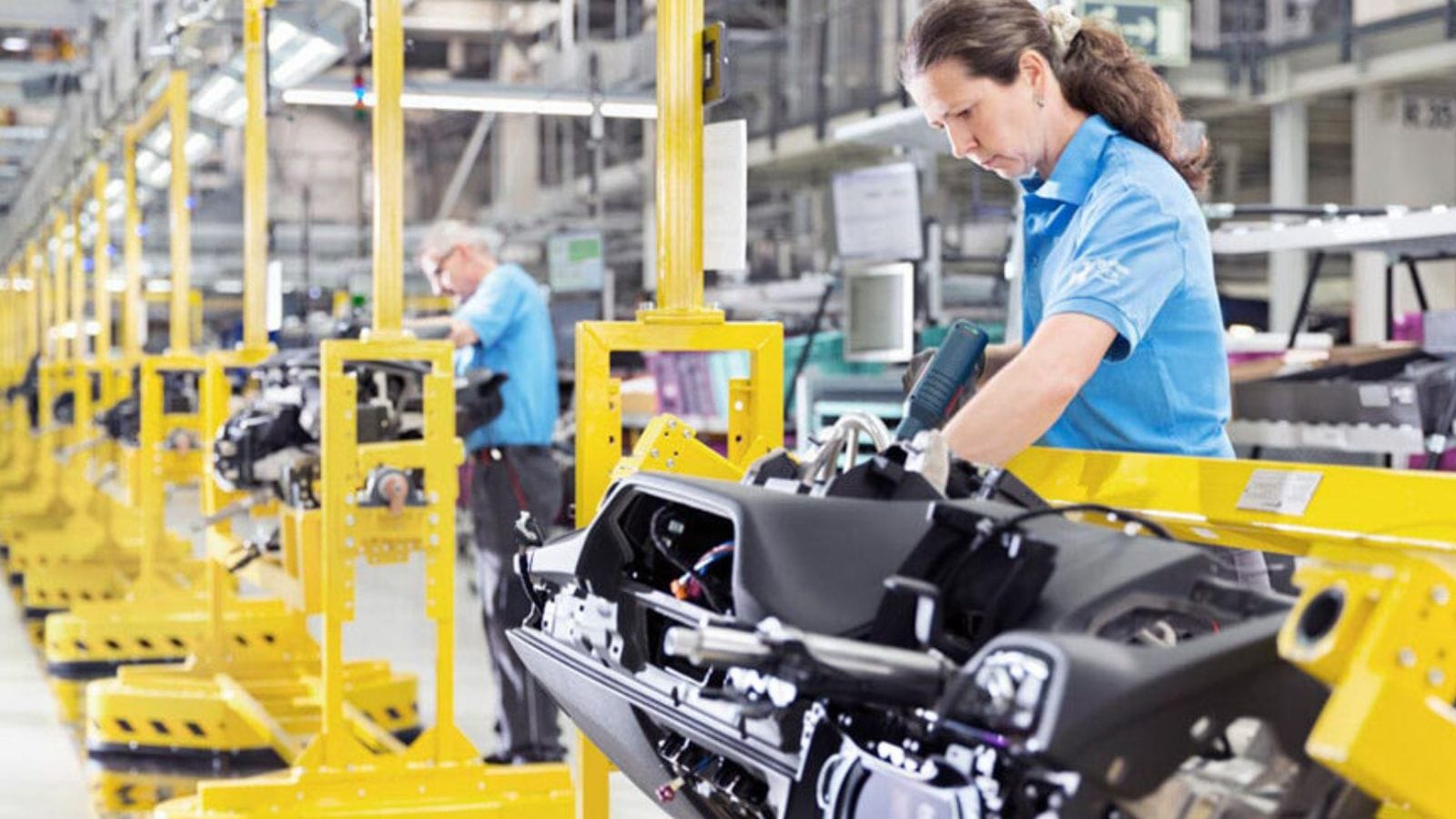
Tariffs, mainly targeted reciprocals combined with USMCA safeguards, could stimulate the revival of idle Canadian auto‑manufacturing facilities by creating strong incentives for domestic production. A recent proposal advocates reinstating 10–25 % external duties on North American car trade, paired with volume-based exemptions: manufacturers who assemble vehicles in Canada could import equivalent volumes duty-free. With Canada producing about 1 million cars annually but importing roughly half of its domestic sales, this system would motivate automakers to fill unused plant capacity to qualify for tariff exemptions.
Strengthened North American Auto Pact

Tariffs may prompt Canada and the U.S. to strengthen their supply chain interdependence within North America. A “Buy North American” push could protect Canada while maintaining regional competitiveness. This would incentivize auto manufacturers to expand assembly and parts production in Ontario and other Canadian provinces, rather than shifting operations south to avoid 25 % U.S. tariffs. The result: Fresh investment, job growth, and strengthened local supply chains. Exporters would benefit from greater economies of scale and reduced exposure to swing duties triggered by U.S. trade policy.
Skilled Labour Force Activation
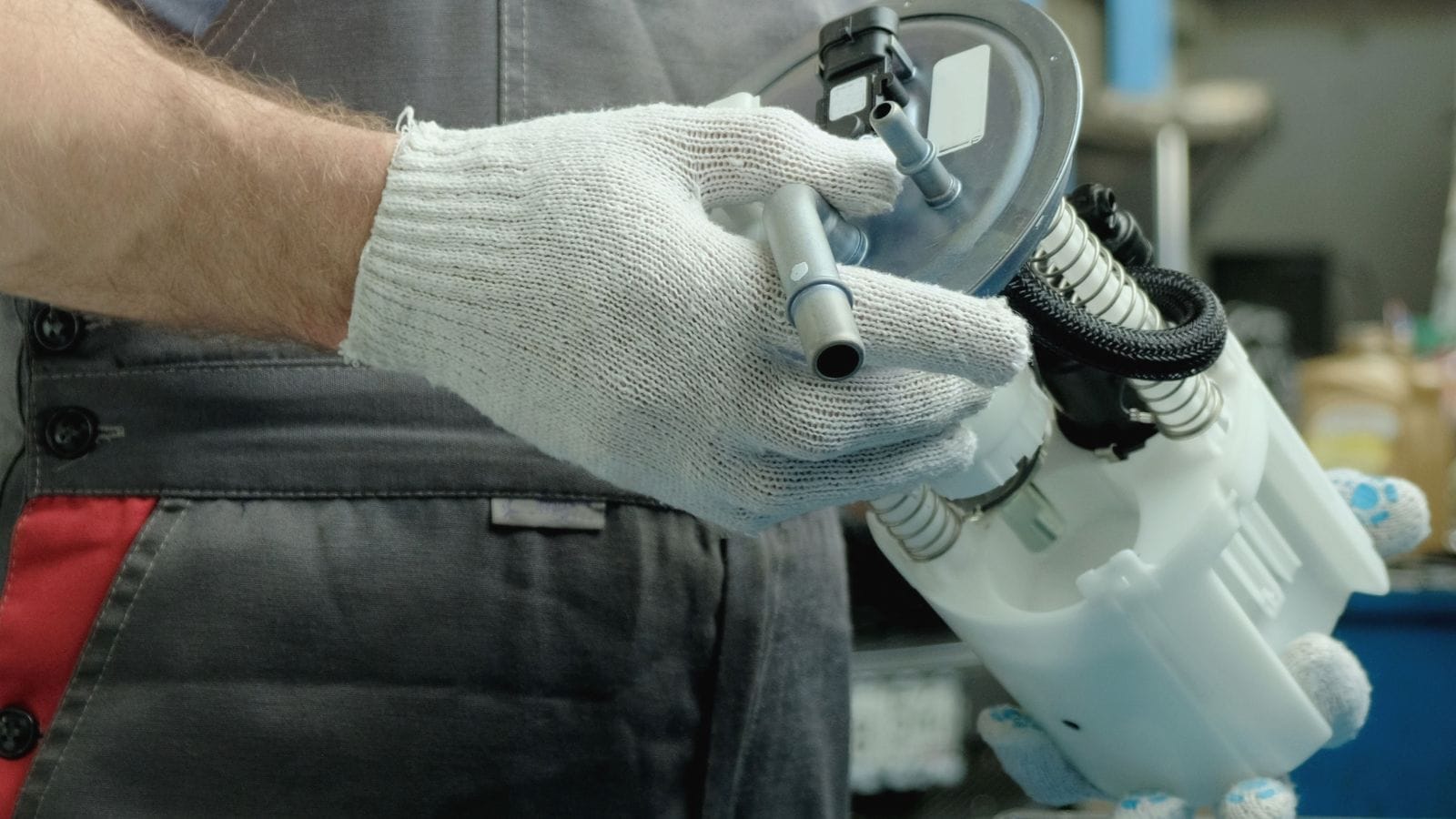
The Canadian auto industry employs over 125,000 people. By imposing targeted duties on foreign-made cars, Ottawa could incentivize firms, especially in Ontario and Quebec, to expand local production. The automotive industry already supports approximately 125,000 well-paying jobs, many of which are unionized, and benefits from a workforce known for its high-quality output. Amid aging demographics and looming retirements, tariffs could reinforce succession planning and on-the-job training programs, safeguarding institutional knowledge while attracting new talent.
Boost to Green Tech Innovation

Canadian innovation in clean energy vehicles (like Lion Electric’s buses) could surge. Embedding CUSMA-compliant rules further directs investment toward domestic value-added, while surtax revenues can be reinvested in research and development, training, and electrification infrastructure. Although critics caution that tariffs can inflate consumer prices and strain efficiency, structured correctly, with offsets for Canadian-made content, they help cultivate a competitive manufacturing ecosystem. Over time, this policy mix can accelerate the shift to low-carbon vehicles, strengthen Canada’s role in the global green‑tech supply chain, and generate high-value manufacturing jobs that support long-term economic and environmental goals.
Increase in Canadian Content Rules

Tariffs could pave the way for more stringent Canadian content regulations. This would ensure a larger portion of a car’s value is created in Canada, from seats to steel. Additionally, by introducing quotas and offsets for domestically produced vehicles, Canada incentivizes OEM investment, ensures continued employment for its 600,000 auto industry workers, and shields manufacturers who commit to local operations. These combined measures can drive suppliers and automakers to bring more production onshore, deepen capital investment in Canada, and secure a more resilient, high-value domestic automotive industry over time.
Expansion of the Domestic Tool & Die Industry
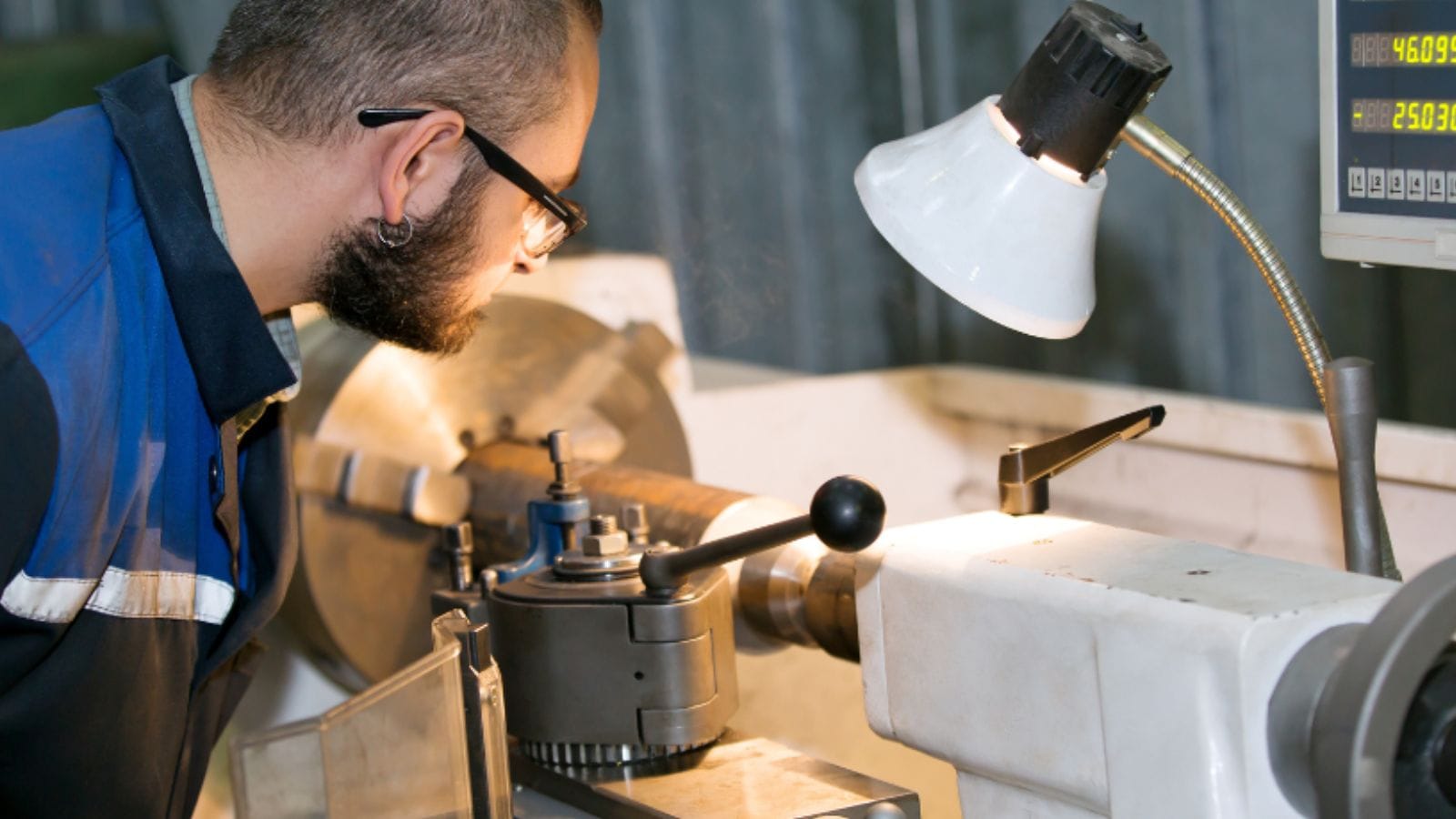
The precision tooling sector, often overlooked, is crucial to the production of vehicles. Canada’s auto parts sector already encompasses about 1,400 firms and over 500 tool‑and‑die and Mold makers in Ontario alone. Temporary protection encourages these firms to scale up, modernize their equipment, and train their workers, thereby fortifying the industrial base. Although U.S. tariffs on Canadian vehicles risk short-term disruption, backlashes could motivate Canada to subsidize and diversify tooling production to maintain competitiveness. And, over time, the strengthened domestic tooling ecosystem could reduce Canada’s reliance on U.S. cross-border supply chains.
Development of Export Opportunities

As manufacturers restructure to avoid tariffs, Canada could become a more attractive export hub—not only for the U.S., but also for markets in the EU, UK, and Asia, via the CETA and CPTPP agreements. Diversification efforts are already evident, with a 42 % rise in exports beyond the U.S. from March to May 2025. And, while Canada remains reliant on its neighbor, strategic tariff-driven policies and trade deals can catalyze export opportunities, bolster the auto sector’s resilience, and sustain long-term growth.
Opportunity for Indigenous Economic Partnerships

As domestic manufacturing grows, opportunities may arise to partner with Indigenous communities in Northern Ontario and Manitoba. By actively involving Indigenous communities in automotive supply chains, Canada can harness traditionally underutilized local capabilities. This approach would align with the federal government’s inclusive trade policy. It would also help offset cost pressures from U.S. tariffs by creating resilient domestic networks that reduce reliance on cross-border inputs.
Rise in Automotive Startups
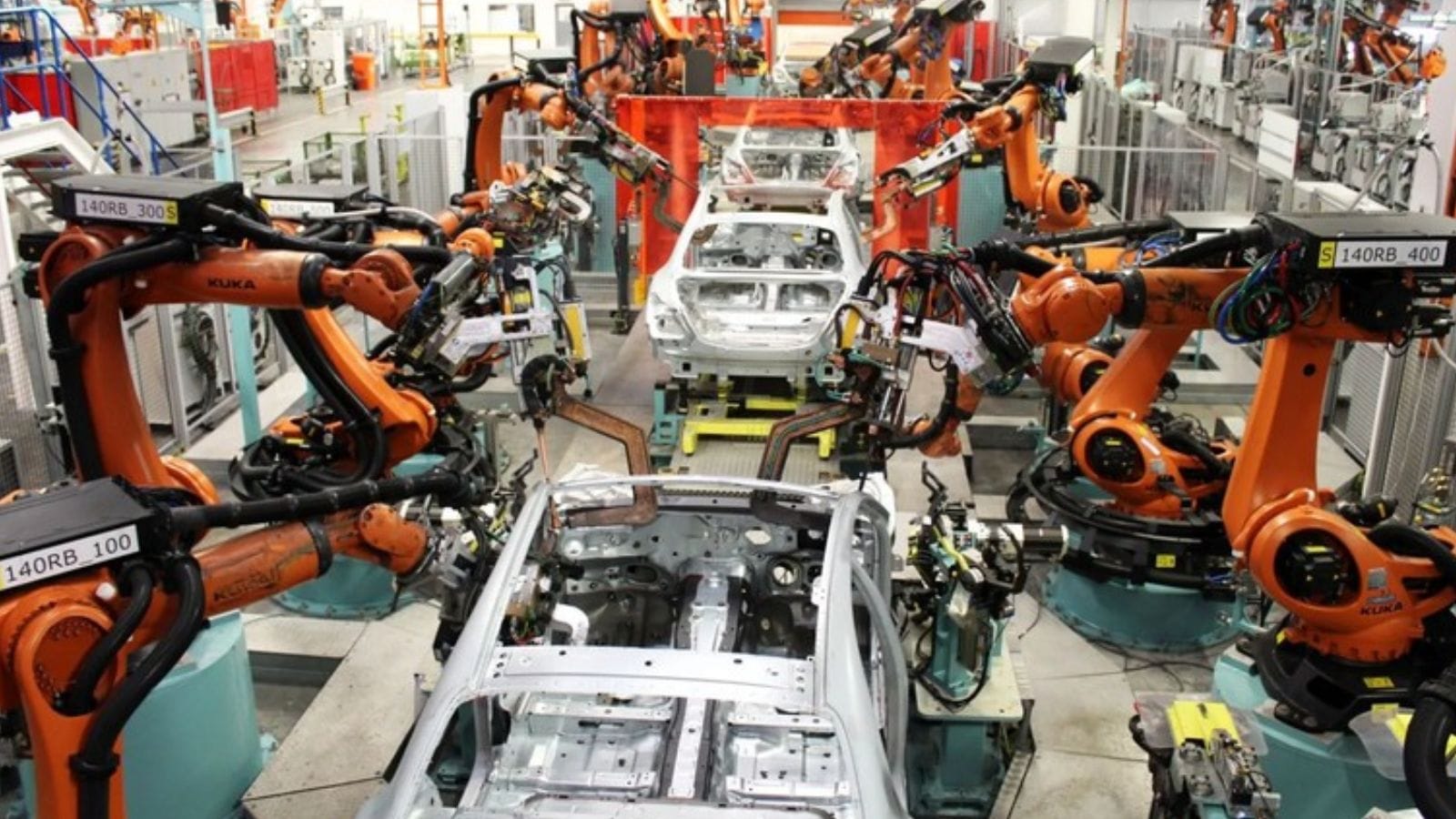
Canada has seen a surge in automotive technology startups, especially in EV batteries, autonomous systems, and sustainable mobility, backed by over C$1 billion in venture capital and strong university-industrial collaboration hubs like Waterloo and Montreal. Meanwhile, U.S. tariffs, ranging up to 25% on cars, parts, steel, and aluminum, introduced in early 2025, have disrupted North American supply chains. Research estimates these tariffs add US$4,000–10,000 per vehicle in costs, incentivizing both legacy automakers and startups to invest directly in Canadian manufacturing.
Increase in Academic-Industrial Collaboration

With more manufacturing at home, Canadian universities and tech colleges will find more partners for R&D initiatives, particularly in automotive AI, battery chemistry, and automation. This fusion of academic talent with industrial scale addresses supply-chain vulnerabilities, such as parts crossing borders multiple times, by localizing innovation within Canada, thereby reducing exposure to tariff shocks. Furthermore, long-standing policies such as the Automotive Products Agreement and modern USMCA rules of origin have previously spurred cross-sector alignment, building on that legacy; current tariffs, however, compel further investment in domestic R&D collaborations.
Opportunity for SMEs in Tier 2 & 3 Supply
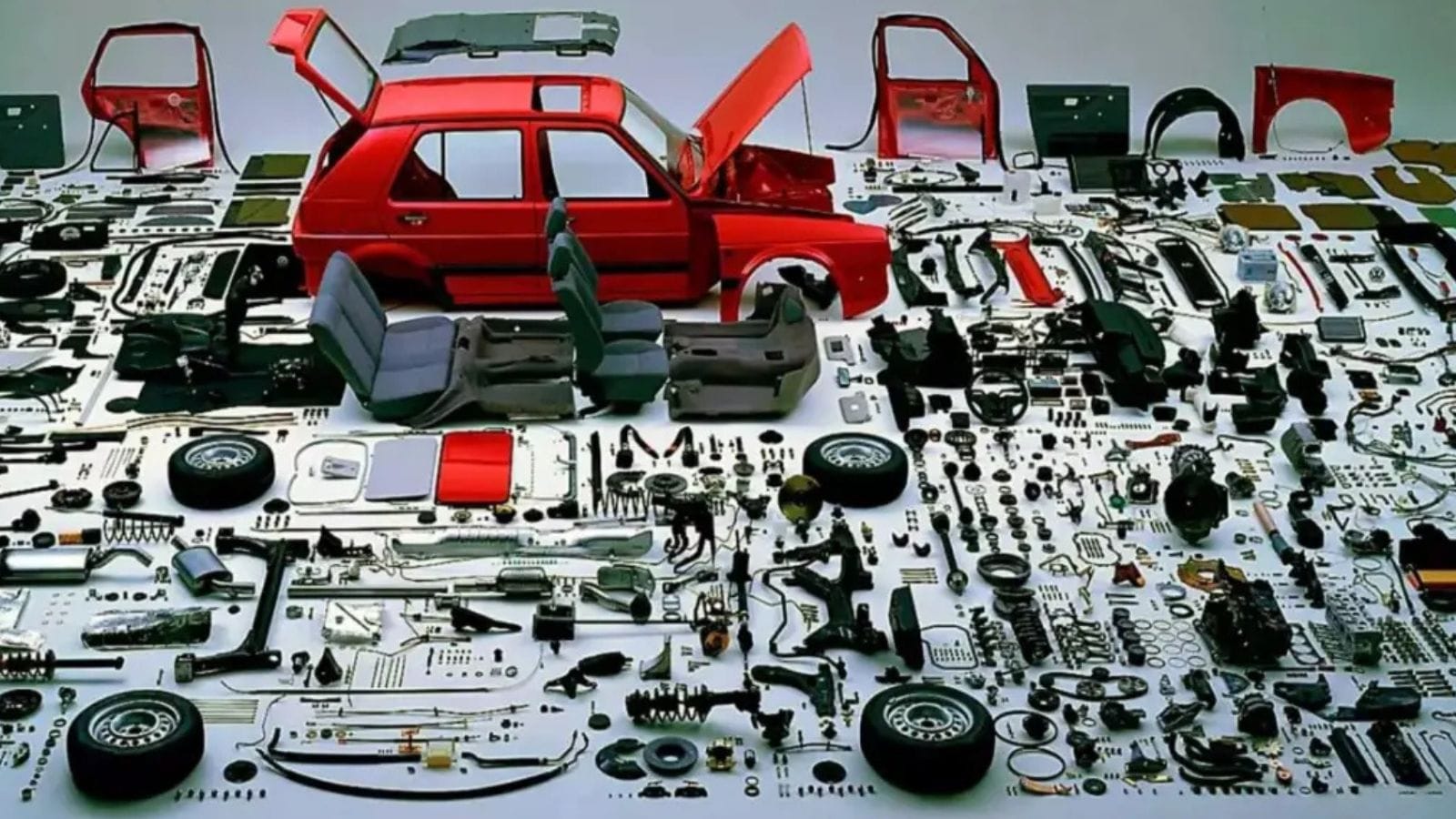
Imposing or extending auto-sector tariffs could incentivize Canadian OEMs to onshore more Tier 2 and Tier 3 suppliers, creating a prime opportunity for SMEs in parts manufacturing, tooling, and sub-assemblies. Canada’s 700-supplier ecosystem already supports 1.4 million assemblies annually, contributing $12.5 billion to the GDP and employing nearly 120,000 direct workers. As tariffs increase the costs of U.S.-sourced inputs—potentially by up to 25%—OEMs may prioritize locally sourced suppliers to maintain CUSMA preferences and avoid penalties.
Boost in Local Steel and Aluminum Production

Canada is already a significant producer of aluminum and steel. Auto tariffs could drive carmakers to source metals locally, benefiting smelters in Quebec and steel mills in Ontario. This local sourcing fosters increased capacity and investment, critical for supplying the auto industry with essential inputs. Under the USMCA, vehicles must source at least 70% of their steel and aluminum content from North America. Additionally, strengthened Canadian production enables Canadian automakers to comply with these rules, thereby reducing tariff exposure and enhancing competitiveness.
Greater Focus on Quality Over Volume

A greater emphasis on quality over quantity could help Canada’s automotive sector achieve long-term resilience. Facing a 25% U.S. tariff on non-USMCA-compliant vehicles and parts, Canadian manufacturers such as GM, Ford, and Stellantis are accelerating investments in domestic, high-quality EV batteries, transmission systems, and Tier‑1 components—all designed to meet stricter regional sourcing rules. Plus, by pivoting toward advanced production—such as GM’s Oshawa EV battery plant and Windsor’s expanded transmission line—Canada is shifting strategy away from cost-driven volume toward value-added, high-margin output.
Empowerment of Regional Hubs
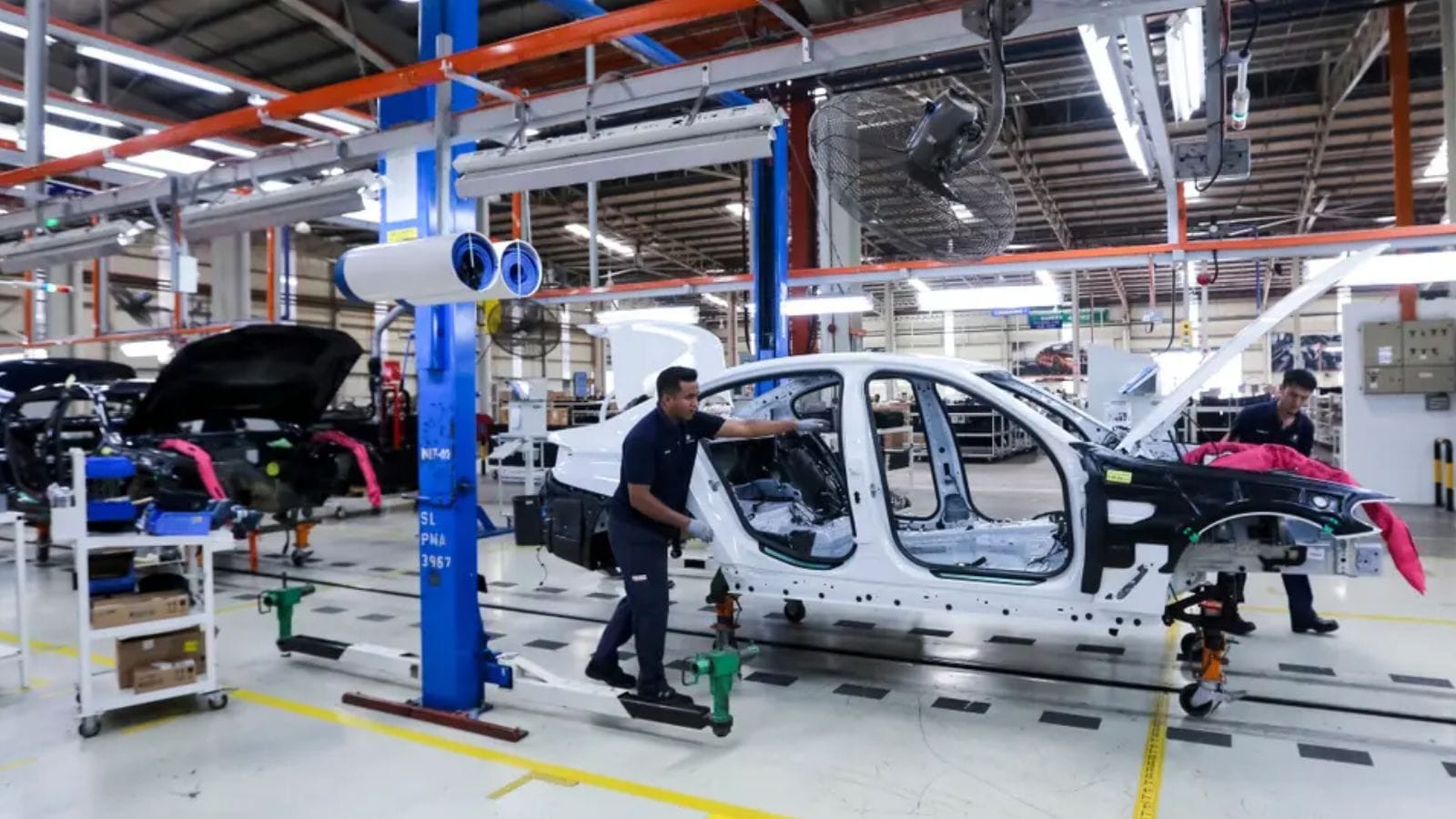
While Ontario is currently the epicenter, tariffs could encourage manufacturing expansion into B.C., Alberta, and even the Maritimes, thereby fostering nationwide growth. This performance-based model effectively reinforces the development of regional hubs by rewarding onshore manufacturing. Moreover, special economic zones—akin to Alberta’s Port Alberta—demonstrate how dedicated infrastructure, streamlined regulations, and foreign-trade zones can bolster regional competitiveness, export capacity, and supply-chain resilience. Combined with Canada’s loan facilities for large enterprises, these measures align to create powerful incentives for automakers to expand long-term capacity outside Ontario.
Push for Local Robotics and Automation Tech

To stay competitive, Canadian plants will need to automate their operations. That shift supports growth in the domestic robotics, software, and factory AI sectors. Further, retaliatory Canadian tariffs have signaled a “plan B” to maintain production in Ontario and Quebec rather than exporting jobs or parts abroad. This strategic pivot—pairing protectionist measures with active investment in automation—positions Canada to transition its workforce toward higher-value technical roles, reduce its dependency on volatile trade, and ensure resilient vehicle manufacturing post-USMCA.
A National Conversation on Industrial Policy

Canada is rekindling an industrial policy debate, echoing the historic “National Policy” of 1879, which advocated for using tariffs to foster long-term growth in its automotive sector. Proponents argue that temporary protection could nurture domestic supply chains, boost assembly activity, and fund reinvestment, much like 19th-century Canada did. Today, Canada’s auto–parts industry accounts for 10% of manufacturing GDP and employs over 125,000 directly. Facing persistent U.S. tariffs, including a 25% levy on non-U.S. content, and retaliatory Canadian duties, analysts warn of higher consumer prices (cars could cost thousands more) and job losses—over 2,200 in 2025, with projections reaching up to 6,000 by 2029.
21 Products Canadians Should Stockpile Before Tariffs Hit

If trade tensions escalate between Canada and the U.S., everyday essentials can suddenly disappear or skyrocket in price. Products like pantry basics and tech must-haves that depend on are deeply tied to cross-border supply chains and are likely to face various kinds of disruptions
21 Products Canadians Should Stockpile Before Tariffs Hit
